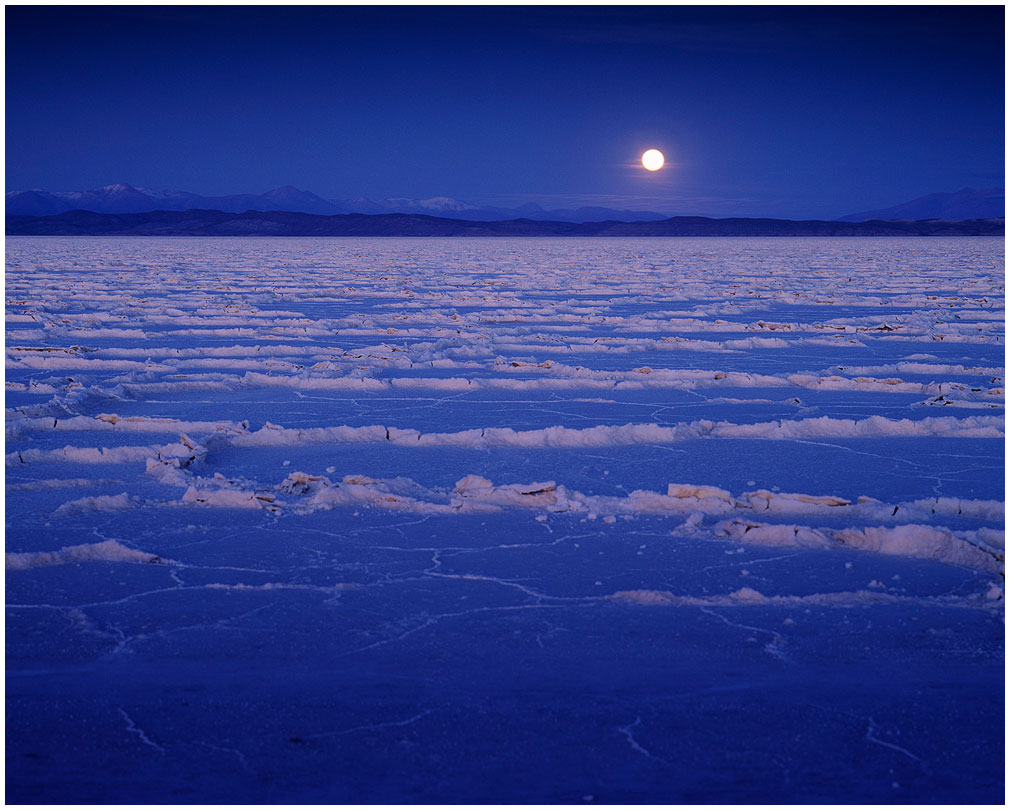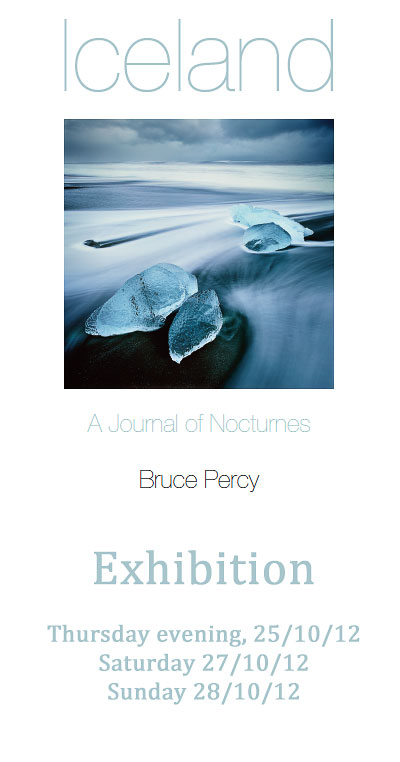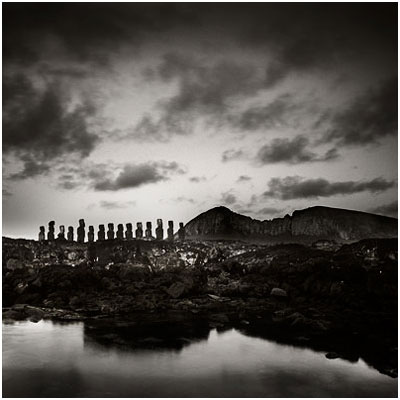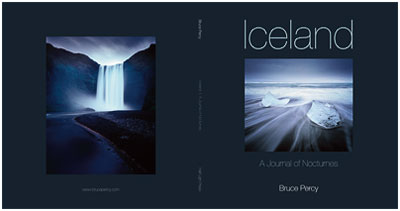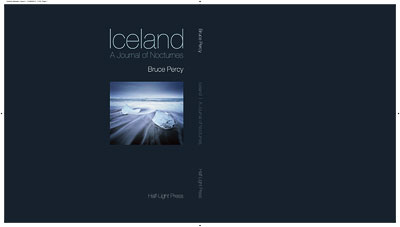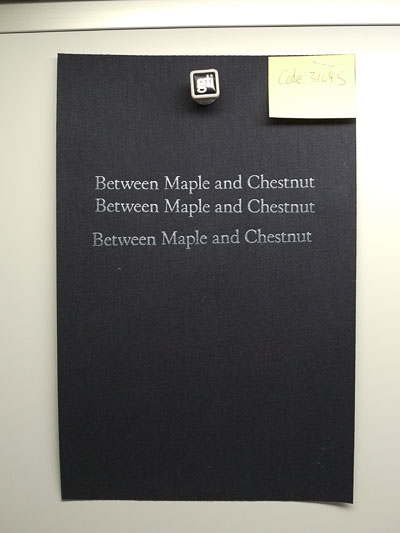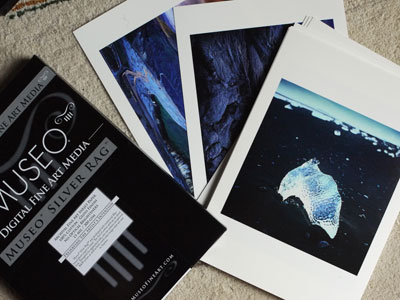I'm almost finishing up my Patagonia Safari in a few days time, and we've seen quite a few memorable images over the past week and a half. Torres del Paine national park was a winter wonderland and each morning we had excellent, atmospheric views at Pehoe. We also had a successful sunrise view of the towers through low cloud. It was really beautiful to witness.
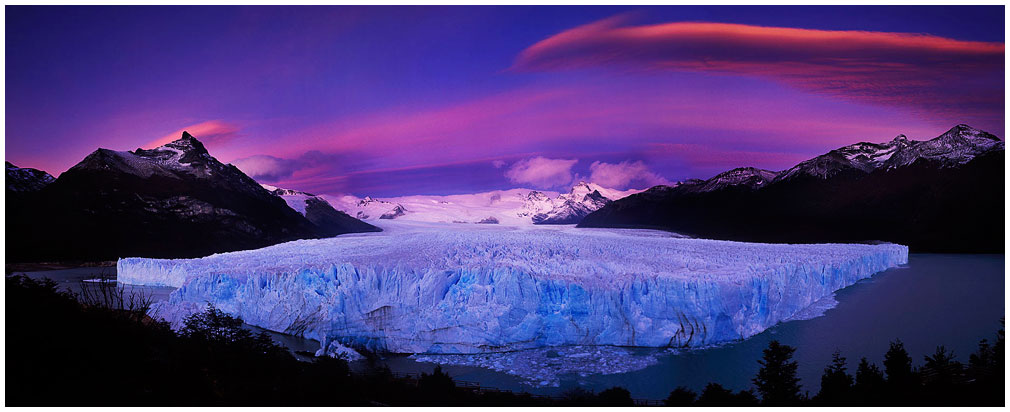
My Hasselblad continues to stun me with yet more failures. A spare body has jammed and now a film back continues to pump film through it without ever getting to the first frame. I've also had the wind catch my Mamiya 7II camera and toss it onto the beach. The camera still works, but the rangefinder feature is broken and there's a massive hole in the top of the body. So It will be going back for repair when I get home and I've just bought a Mamiya 7 Mk1 body tonight to help me out as I'm away to Iceland a week after I get home. I've got a month of personal photography time in the centre of the island and also have to meet up with Ragnar Axelsson too, which I'm looking forward to.
Tomorrow morning we are all heading out for sunrise to visit the glorious Perito Moreno glacier - perhaps one of South America's highlights. It is a living, breathing mass of ice that creaks and groans. Large sections of the face of it come off and hit the surrounding water on a frequent basis, often with a deafening crash.
I first visited this glacier in 2003, and made the above image. It's actually a stitched composite of several images (I don't normally do this kind of thing, but in this instance had to, because the glacier is 4 miles wide, and easily takes up over 180º of field of view).
Venturing here for sunrise is great. Tourists don't arrive here until 10am at the earliest, so you have the whole place to yourself. It's winter here, and as it turns out, sunrise is at 10am tomorrow morning, so we will be there for the start of civil twilight. It's a great time to be there as the glacier faces east and it slowly reveals itself to you as the light comes up. At first you can only hear it and that is spooky in itself. As the minutes pass you become aware of the faint glow of the glacier and then as the sun comes up the face of the glacier shifts through the cool colour spectrum and seems to convey many different colours. It's simply wonderful to witness.
We will be heading back to Punta Arenas in a days time, where some of us will say goodbye while four of us continue on to San Pedro de Atacama for a few days before we venture onto the Bolivian Altiplano for a week's worth of photography. I'm having so much fun on this trip I don't want it to end.
Wish you were here!

